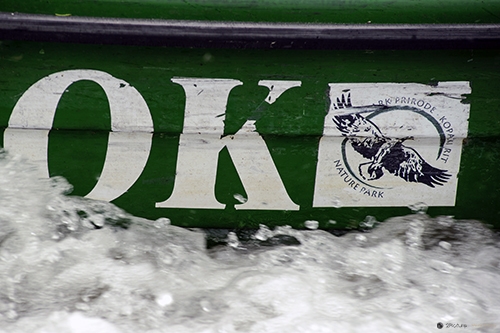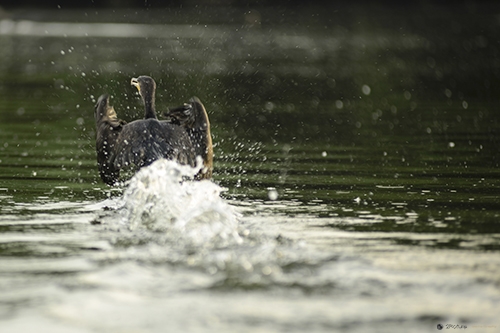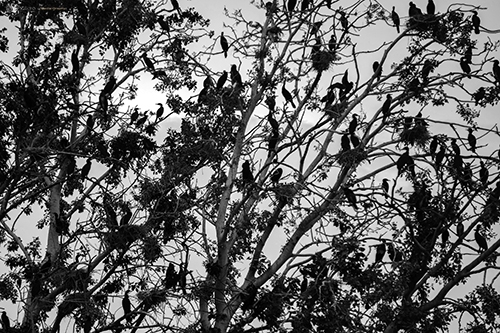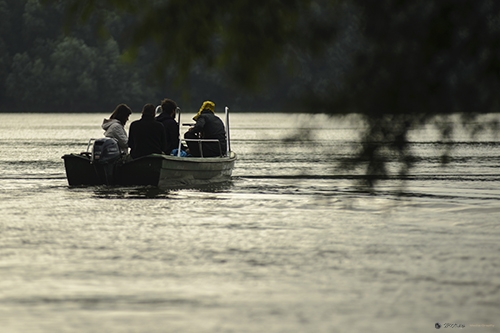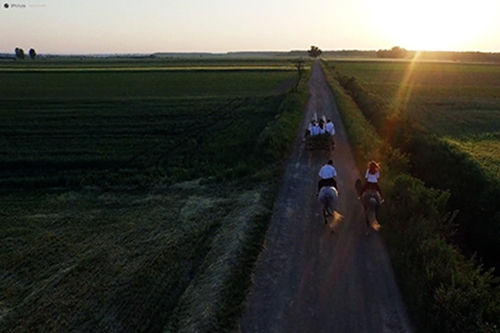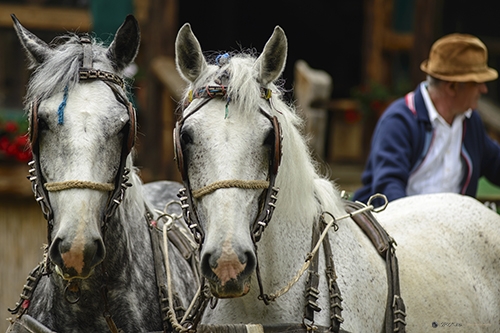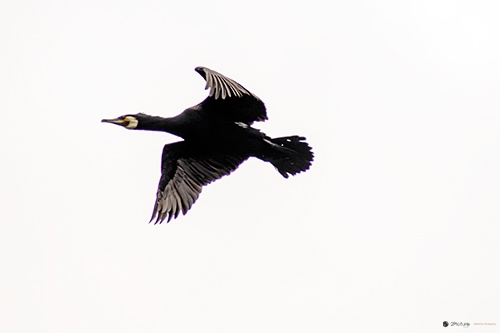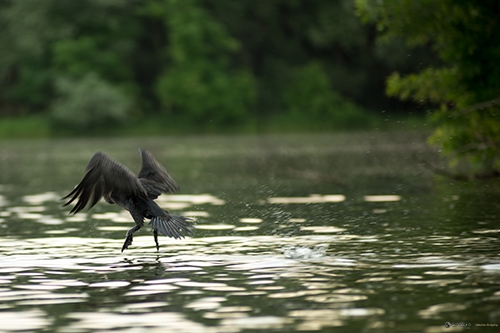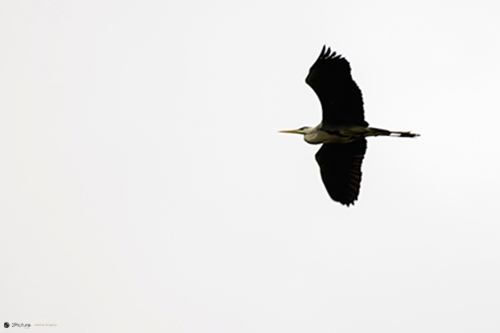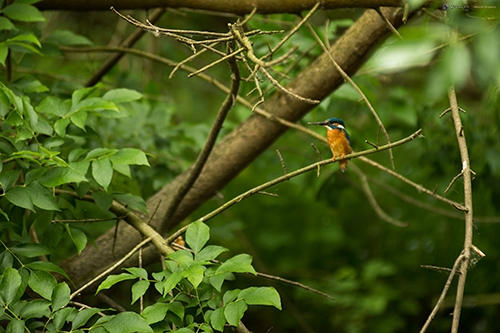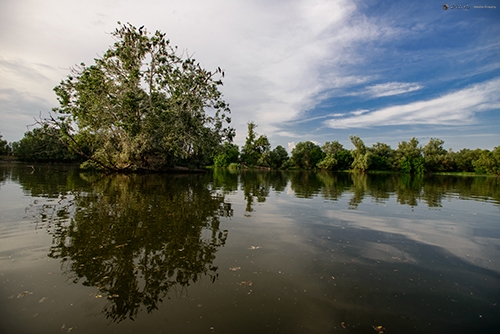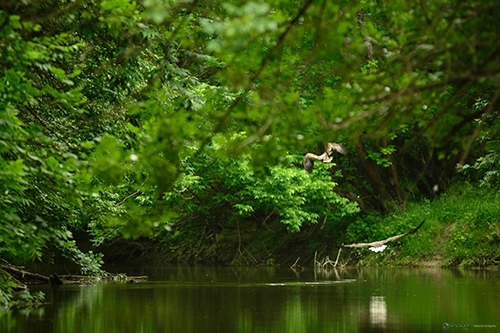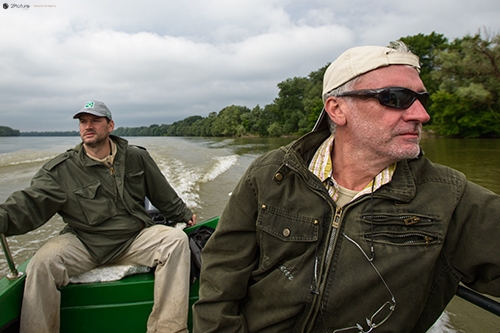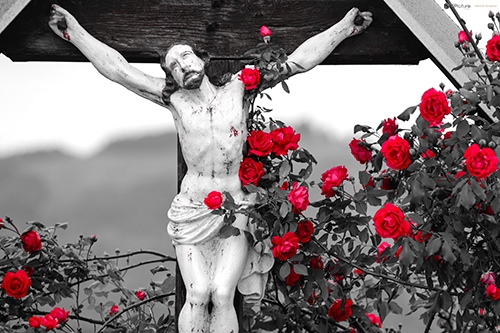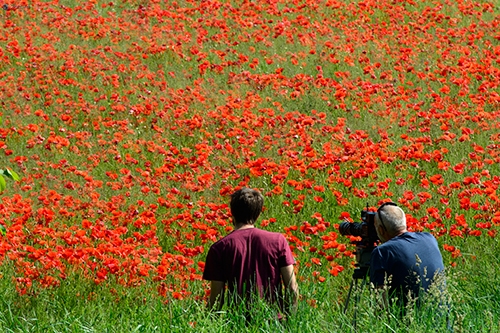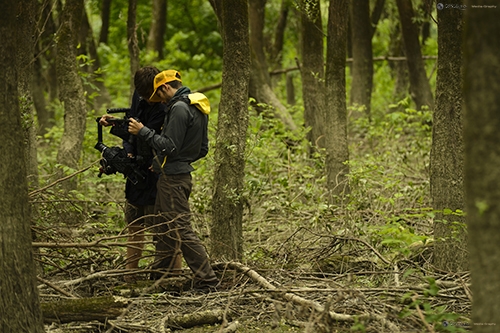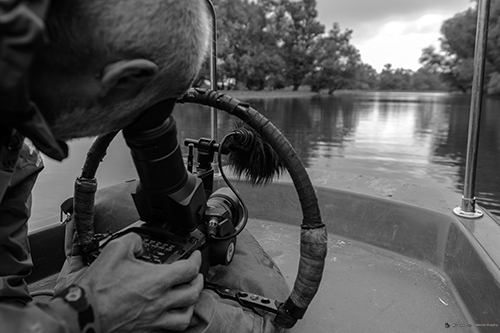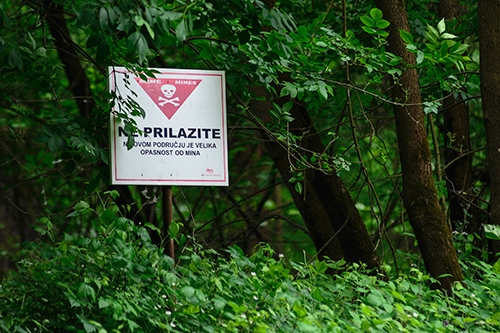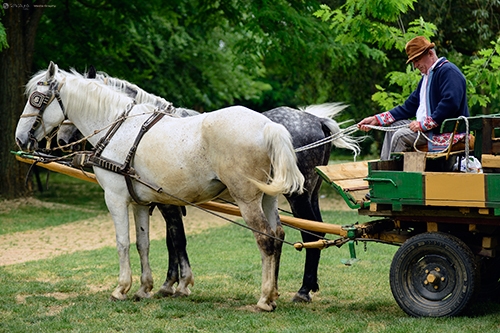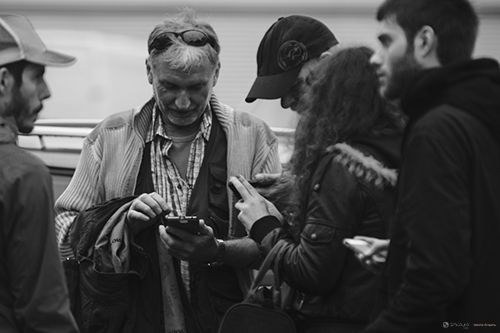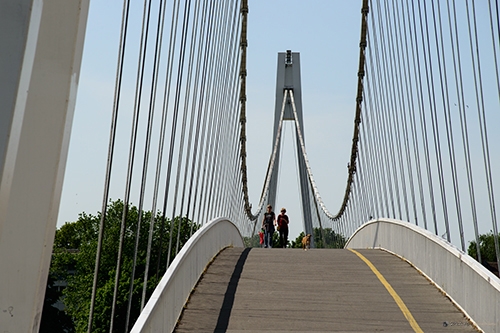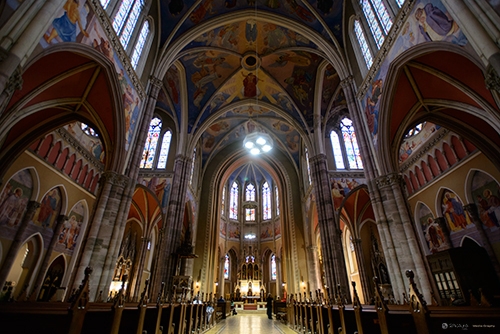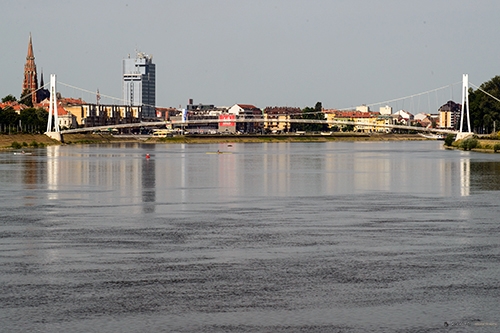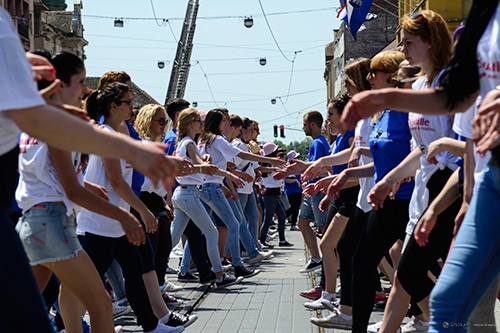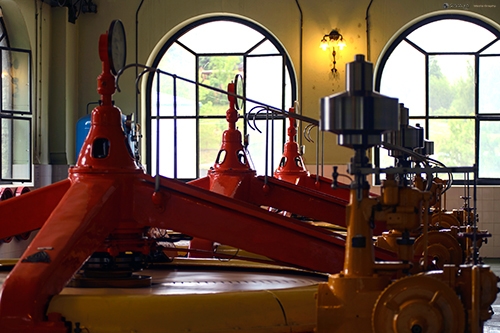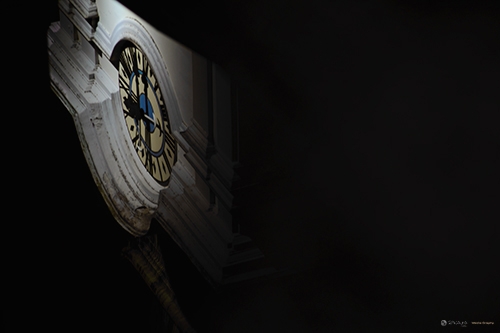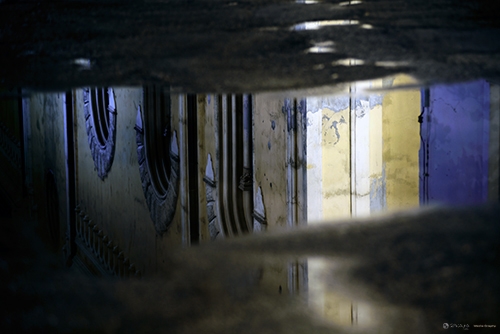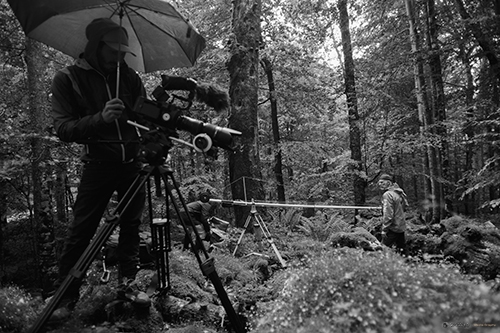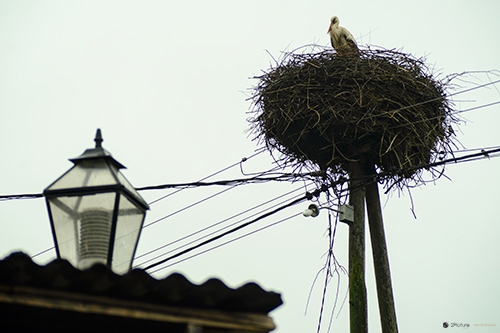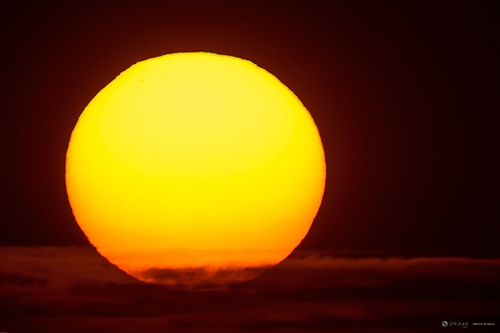2Picture MediA NEWS

Croatia, a month of Shooting for Geo
- Font size: Larger Smaller
- Hits: 8000
- Subscribe to this entry

Not often, I think of Eastern Europe as a “font of inspiration”, something to give me a sense of freedom and liberty. Actually quite the opposite...
Marco Preti (Coral Climb Productions) asked me if I would be interested in participating in a new project of his, for RAI 3 (Geo). You think one could ever say No … to that? This was the time for Croatia... in a month, the whole lot!
4 Episodes, 4 crew, and a 4x4 drive full of equipment, first stop, SLAVONIA.
I realize that I rarely dismiss opportunities anyway. Here was a chance of really seeing a place that sits just a few hundred Kilometers away from "home", and on top of it, the fact that other than having “passed by” a couple of times on the way to apparently more "emblazoned" shores, a place that I knew little of if anything at all. We started, after a day spent at a Horse Farm in the company of the world renowned Lipizzaner Horses , by arriving in Osijek on the far north-eastern border with Serbia and by visiting one of those places that you really would not go to without being at least a biologist, a "bird-watcher" or a naturalist of some “kind”. The Kopački rit Natural Reserve.
Sitting around the confluence of the river “Drava” into the great “Danube”, The Nature Preservation area of Kopački rit is reach in Water and green forests, undoubtedly the jewel in the crown of the Slavonian Nature. As one of the largest wetlands in Europe it´s also included in the Ramsar List (Wetlands of International Importance) and it has been proposed as a site of interest for UNESCO. In Osijek We met our first guide that the "Croatian Tourist Board" appointed us, "Markus" which to the surprise of all, Marco, Lucas, Dede and I, was much more than a “Tourist Guide”, he turned out to be something that nowadays you rarely come across, a good friend. In the course of a few days exploring the Park we had a chance to spot some white tail eagles, a “gazillion” Cormorants, Herons, Kingfishers and no less than about 260 other species, while moving around in the small boats that took us right smack in the middle of Europe´s second longest River, The great Danube.
Markus, which also owns a small shop selling souvenirs made in part by his lovely wife, took us around Osijek as well. The town, the 4th largest in Croatia, was originally established close to the remains of the old Roman settlement (now within the city urban area) Colonia Aelia Mursa, also called Mursa Maior, as it was established by Emperor Hadrian. In Osijek we couldn´t fail to notice the Church of St Peter and St Paul, an amazing “co-cathedral” built in 1898 on the initiative of the Bishop of Đakovo Josip Juraj Strossmayer. All of this, of course, while witnessing a ground and record-breaking attempt (for lack of better words) for the Guinness World Record of the most number of people dancing at the same time the “quadrille” on the central streets of the old town. Markus took great care to accommodate our growing need for footage. When it was time to move on with our journey I´ll never forget the message I received on my phone a few hours later on the way to Velebjit National Park... if you ever need assistance do not worry, worse case I have a friend with a Black Hawk that can rescue you anywhere… I really hope I´ll see Markus again sometime soon but I also hope a Black Hawk will never be really needed... even if I am sure I would love a little flight in one of those Birds… I never had the courage to ask if he was only kidding.
The “sense” of a different Croatia already started building up in my head. A Croatia that they don´t tell you about in most tourist pamphlets. Made, more often than you would need to think or want to, of wonderful beaches filled with boats and gorgeous naked chicks sunbathing in the sunny golden, white or rocky beaches or, on the other hand of a Croatia depicted in many articles and documentaries, through the horrors and scars of the last Civil War. Don´t get me wrong here, Croatia is indeed a land of beautiful beaches, boats and … yes, chicks off all sorts even in “Kopački rit” although here, as I was saying, an altogether different kind of “chicks”. It is indeed the war ridden land (now mostly and beautifully rebuilt) of Past Violence and craziness, and the land where you can still drive by Mined Fields left as a sort of reminder to the brutality that only cultural and economic differences and barriers can lead to. It was fast becoming, certainly and steadily, the “last True European Wilderness" under my own eyes. Made of people, real people with dreams and with a cultural, historical and ethnic Heritage proper of any “old world” civilization. Made of incredible similarities with my homeland (Italy), of great Cathedrals and even greater Amphitheaters, artists, philosophers and scientist, like the physicist Nikola Tesla born in 1856 in Smiljan, that one way or the other influenced and changed the world radically, profoundly and forever.
After the first week passing by small villages filled with Storks nesting on light poles, and courageous entrepreneurs setting up “nature friendly” farms and wineries, in the midst of ancient forests and incredibly rich Nature and Fauna all around, above and below, we moved on to Karlovac. The City was built by the “Habsgurg” Empire, which preceded the “unified” Austrian Empire (1804-1867). This eventually became the Austro-Hungarian Empire (1867-1918) in the second half of the 16th Century.Roaming around the streets of the town, which served mostly as a line of defense against the Ottomans brought images of past Glory of this star-shaped Renaissance fortress and the similarities once again with many of her “cousins” In Italy like Palmanova for one. Karlovac has sustained very heavy damage during the Civil War (´91-´95) but although you can still see bullet-holes in some of the public buildings, the human spirit and perseverance of its inhabitants made it again an interesting place to visit, see and live. After all Karlovac is also called “grad parkova”,the city of parks and trees and plants such as the Ginko Biloba, and grad na četiri rijeke, the town on four rivers of which Mrežnica, Korana, and Kupa flow through built-up areas, and Dobra just a few kilometers from the center. After sending a few hundred meters in the sky, our trusted friend of many adventures... “Mr. Drone” to take a look at this amazing feet of military defense engineering, we spent a night thanks to the advice of the Local guide Anita, in one of the many “bed and Breakfast” type of accommodations in the area around the City. Only this one was owned by Stiephan. A “stocky” built little man with a huge heart and stacks of Great tasting Wine produced by himself in the hills surrounding an area that has nothing to envy even from world renowned places such as Tuscany.
It was actually the first night that it did not rain… in nearly a week.
The four of us, each one with a camera spent at least an hour looking at the sun setting over the hill that we would cross to get to second part of our Journey into the land, the people and the history of this Incredibly Rich place on Earth.
Next time we'll tell you all about the second part of our journey into the "inner-land" of Croatia, Velebit Park, Plitvize and more. For now enjoy the short clip if you've managed through all the article ;-) and remember to visit and FOLLOW our FaceBook Page: facebook.com/2picture




